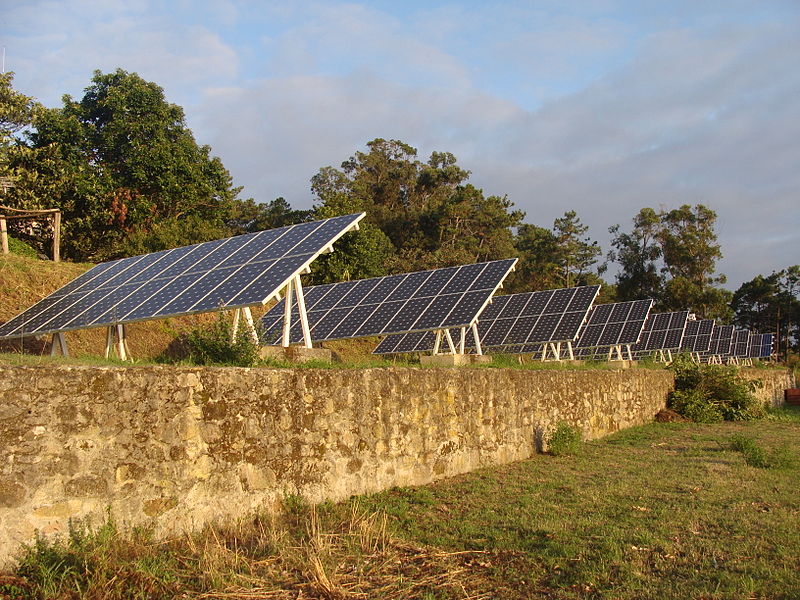 Last month I travelled to Amsterdam for European Utility Week (EUW), Europe’s largest “smart energy” conference that was attended by more than 7,000 people, hundreds of exhibitors, utilities, regulators and policy experts. The theme of this year’s conference was “Pulling in One Direction,” with a focus on greater collaboration between the European power transmission and distribution sectors. I was invited to speak about EDF’s Smart Power Initiative, which aims to change the trajectory of the U.S. electricity system to help avoid dangerous climate change through smart power policies and clean energy investments.
Last month I travelled to Amsterdam for European Utility Week (EUW), Europe’s largest “smart energy” conference that was attended by more than 7,000 people, hundreds of exhibitors, utilities, regulators and policy experts. The theme of this year’s conference was “Pulling in One Direction,” with a focus on greater collaboration between the European power transmission and distribution sectors. I was invited to speak about EDF’s Smart Power Initiative, which aims to change the trajectory of the U.S. electricity system to help avoid dangerous climate change through smart power policies and clean energy investments.
Why would EUW be interested in EDF’s approach? Because EDF seeks to knit together key state and regional regulatory agendas to “move the needle” toward a clean and modernized power grid, and to fix the “disconnect” between power transmission and distribution. Increasing the connection between the wholesale sector (typically has more sophisticated markets including real time pricing) and the distribution sector (has less sophisticated pricing) can unlock the value of smart grid.
This is one reason why our team seeks to enable smart metering and dynamic pricing for customers on the distribution side. Dynamic pricing incentivizes the shifting electricity use to periods of lower demand and lower prices (often when clean, low-carbon energy is most available). Enhancing the flow of information and energy between the wholesale and distribution sector will also empower smart grid solutions such as: reducing wasted energy through energy efficiency and demand response (which rewards customers who use less electricity during times of peak, or high, energy demand) and increasing the use of clean, distributed generation (like wind and solar). These innovative solutions will ultimately make the system cleaner, less wasteful and eliminate the need to invest in additional polluting fossil fuel power plants.
I came away from Amsterdam realizing that Europe is much further ahead of us along this path, and we have much to learn from the massive changes Europe is undergoing as it integrates more renewable energy into its existing power grid.
While European countries have been trading electricity for many decades, Europe is far from fully-integrated because it hasn’t optimized integration across Europe through cross-border cooperation. Why is this a problem?
According to a September article in the Economist, Germany’s electricity wholesale prices were negative for a period of time on June 16, 2013. With Germany’s wind and solar panels producing a record 60% of the country’s electricity, neighboring France and Belgium could not easily “crank down” power intended for sale to Germany, resulting in negative wholesale prices (which occur when a generator has to pay customers to take power). Germany’s retail prices, however, are often high in part due to network fees and taxes, some related to subsidies for renewables.
In another example, Spain has an abundance of solar that it cannot fully export to France due to the lack of adequate interconnection, or ways to share power. The integration of European energy markets could help to better manage power, including renewables, with an eye toward cost efficiency and security.
Utilities in the U.S. will also face similar challenges in the near future. Around $2 trillion will be spent on replacing the country’s antiquated energy infrastructure over the next two decades. EDF is working to ensure that the investment is used to create a modern, efficient and resilient energy system that can take advantage of new, clean energy technologies and incent people to play an active role in their energy use.
As part of our work, we must not lose sight of engaging Europe and other world actors to find the most innovative and workable solutions. This will be instrumental in helping rewrite the rules for American energy use in the future.










